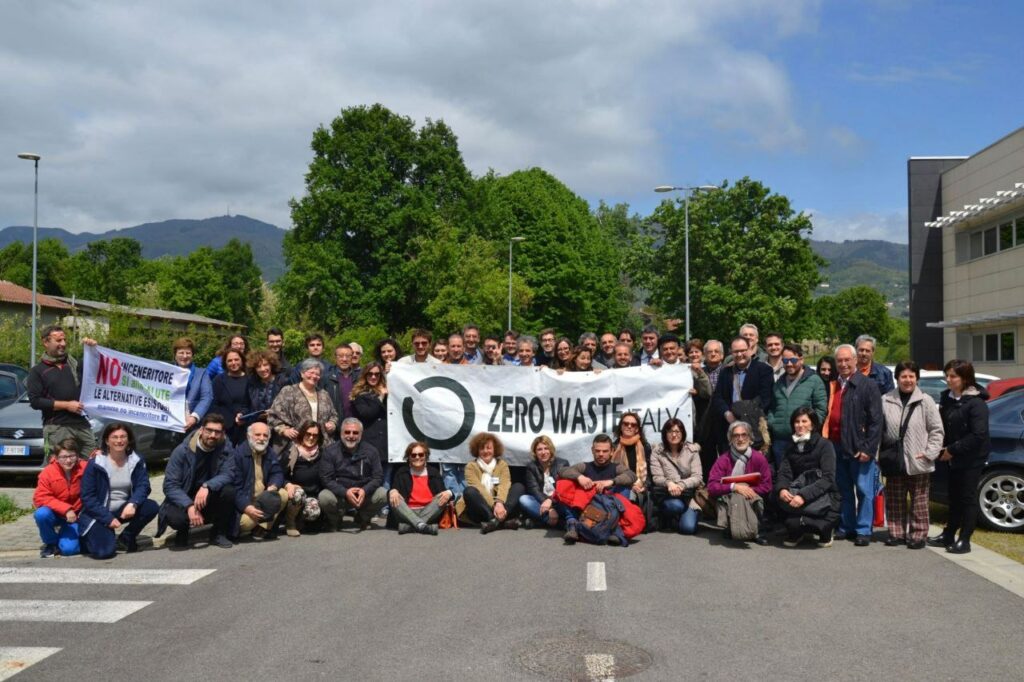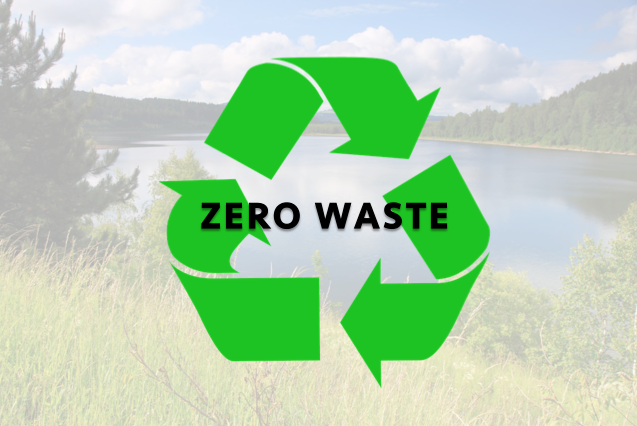The Zero Waste Movement is a road towards NO BURY in landfills and NO BURN in incinerators. With these purposes, several municipalities commit themselves to reach “zero-waste” goals and to stop the incineration methods.
All around the world, over 500 municipalities joined this movement. Some of them started as a bottom-up initiative from the citizens, whereas others came from a political will at the municipality level. As a first introduction and guidance for getting started in this community, Dr. Paul Connett, English Chemistry scientist, contributed with the “10 Steps to Zero Waste”. Moreover, his twenty-year work and commitment to the promotion of zero-waste policies in many countries can be deepened through his book “The Zero Waste Solution. Untrashing the Planet One Community at a Time”.
On a global stage, San Francisco and San Diego (California, USA) have the most advanced and important leading role for the movement. Meanwhile in Europe, Zero Waste office in Brussels promotes the environmental lobby on the EU government. The President is the Italian Rossano Ercolini, and more than 330 municipalities have decided to go with this flow.

Once they are part of the movement, Zero Waste municipalities need to develop a system for waste separation and door-to-door collection, but also an environmental communication method of activism, awareness raising, and education. The starting point is the promotion of “4R”: Reduce, Reuse, Recycle, and Redesign – it is important to change the design of products and/or packages to make products more durable and easier to be recycled at the end of their life.
The impact is clear. For instance, organic waste represents a good percentage of municipal solid waste, and it can be composted and/or it can generate energy from anaerobic digestion. This, it is essential to differentiate and collect it without contamination. In many municipalities which implemented Zero Waste, after a few years, the source separation rate has incredibly grown! Also, Zero Waste includes bulk stores with refill systems, where consumers bring reusable bottles and containers to buy products, in order to reduce packaging waste.
What makes Zero Waste and Circular Economy different and yet similar? Circular Economy is described as an economic system that can be adopted by businesses, while Zero Waste is a movement that stresses out the global reduction of waste. Both need to be promoted together. To reduce CO2 emission by 2035/2050, it really seems important that as many municipalities as possible could join this perspective.

